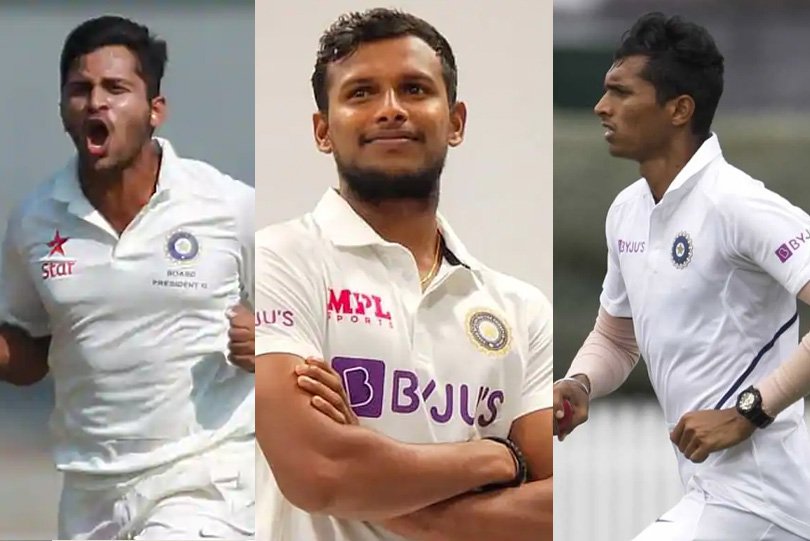Sunil Gavaskar praised the Indian bowling unit in 4th Test which was without their first-XI players but was critical for letting the advantage slip away.
Sunil Gavaskar said not being able to take the final five wickets quickly has been a problem for India since 1932 when they played their debut Test.

Sunil Gavaskar: Indian Bowling Attack Did Exceptionally Well As India Till Tea Were In Control Of The Game
Former India captain and opener Sunil Gavaskar on Friday highlighted the age-old issue of India’s bowlers not being able to pick up the last few wickets of the opposition quickly while agreeing that the inexperienced India bowling unit did a commendable job on Day 1 of the fourth Test against Australia.
“The Indian bowlers get the first wickets but they struggle to get the last five wickets,” Sunil Gavaskar said in the Extraaa Innings show aired on Sony Sports Network after the end of first day’s play in Brisbane.
The legendary India opener’s comments came after debutant T Natarajan got a couple of quick wickets in the final session to bring India back in the game and reduce Australia to 213 for 5 after opting to bat first. But the bowling failed to make further inroads as a partnership between Tim Paine and Cameron Green took Australia to safety with 274 for 5 at the close of play.
“India at least till tea time were controlling the game. If they got another couple of wickets then you could’ve said the day was India’s India had a really good chance of restricting Australia if they had got another wicket but this unbeaten partnership as taken it towards Australia,” Gavaskar said.

Gavaskar praised the India bowling unit which was without their first-XI players like Jasprit Bumrah, Ishant Sharma, Mohammed Shami, Ravichandran Ashwin, and Ravindran Jadeja.
“I think the Indian attack did exceptionally well. When you look at Shardul (Thakur), he had hardly bowled a dozen delivery when he had played his first Test, Navdeep Saini just one Test match old so also (Mohammed) Siraj, T Natarajan, and (Washington) Sundar playing their first games so for all that the first 5 wickets that they’ve taken tells you how much they were committed to the task,” he said.
India handed debuts T Natarajan and Washington Sundar. Mohammed Siraj was the leader of the India bowling attack with this being just his third Test. Navdeep Saini bowled only 7.5 overs before he walked off with groin injury. Marnus Labuschagne scored a valiant 5th ton before T Natarajan dismissed him.
Sunil Gavaskar Hopes India Don’t Struggle As Much As 1932-33 And Restrict Australia To Around 350
The former opener was however critical for letting the advantage slip away. Sunil Gavaskar said not being able to take the final five wickets quickly has been a problem for India since 1932 when they had played their first Test match against England.
“Like it has happened since 1932, when India played their first game in England, they had England’s top five out for a low score and the last five added a lot of runs. So that has been the story of Indian cricket. I’m only hoping they don’t struggle as much as 1932 or subsequently and they restrict Australia to maybe 350 or thereabouts,” Sunil Gavaskar stated.

The Gabba Test has four bowlers Mohammad Siraj, Navdeep Saini, T Natarajan and Washington Sundar who together carried an experience of just four matches before playing the Gabba Test. The India XI had taken just 13 wickets between them before this Test, whereas the Australia players had taken 1033, bringing the difference in wickets tally up to 1020.
In India’s second-ever Test, they had only three bowlers Amar Singh, CK Nayudu and Mohammad Nissar. Each of them had played India’s first-ever Test, at Lord’s, bringing up the sum of the experience of India’s bowling to three matches. The Test at 1933 was the last time India fielded a bowling attack that had lesser experience than the one at the Gabba.
This article is auto-generated by Algorithm Source: sportzwiki.com


